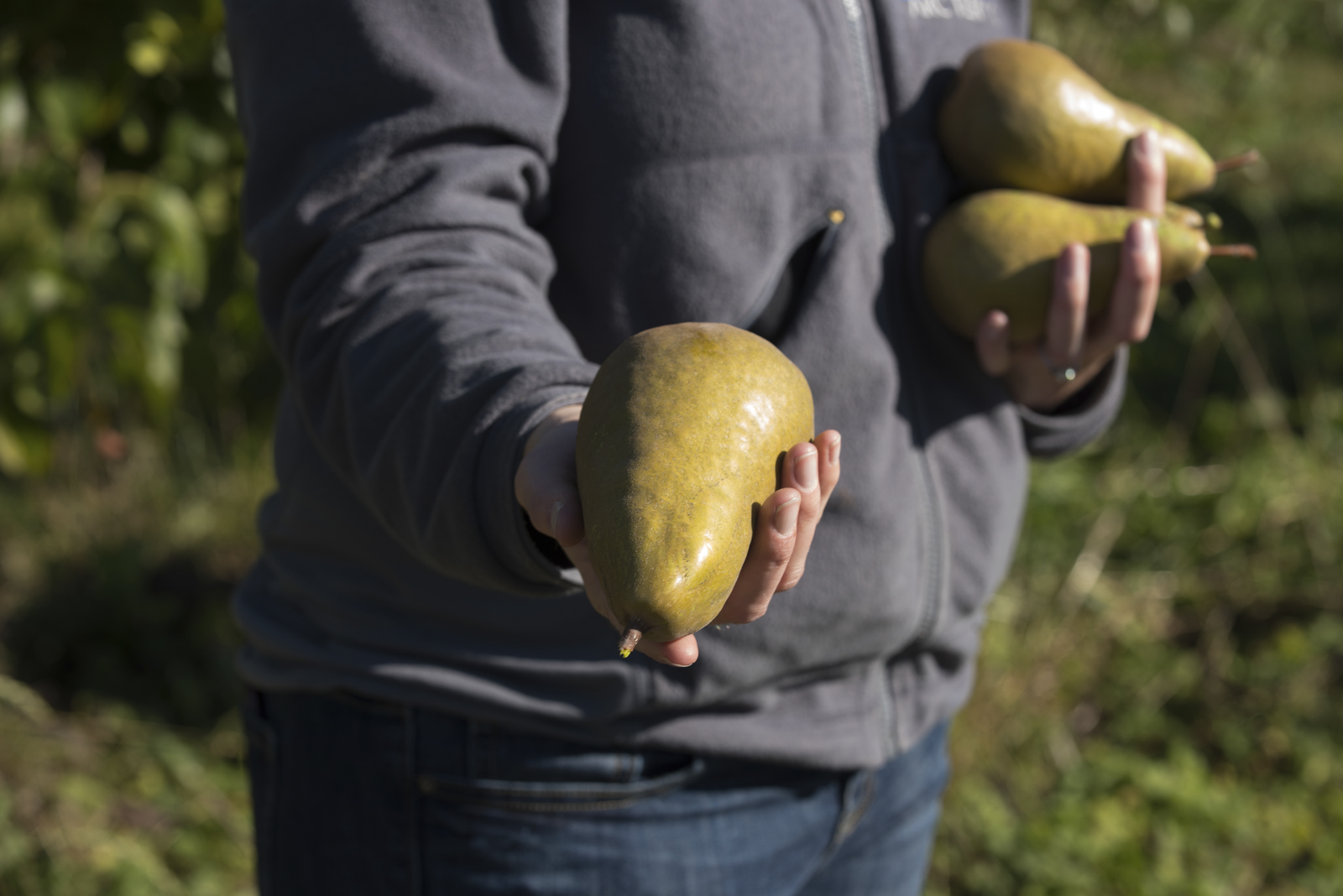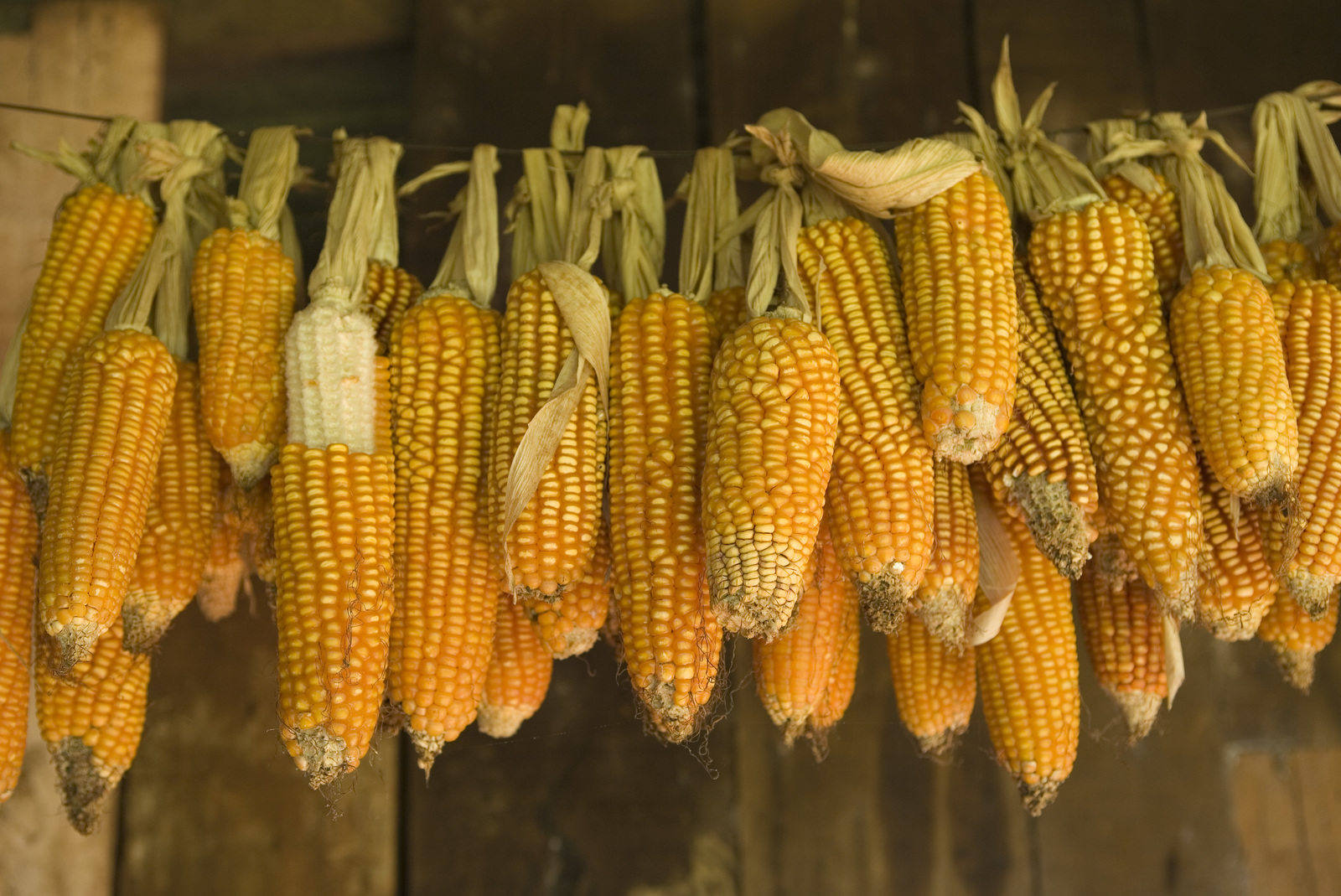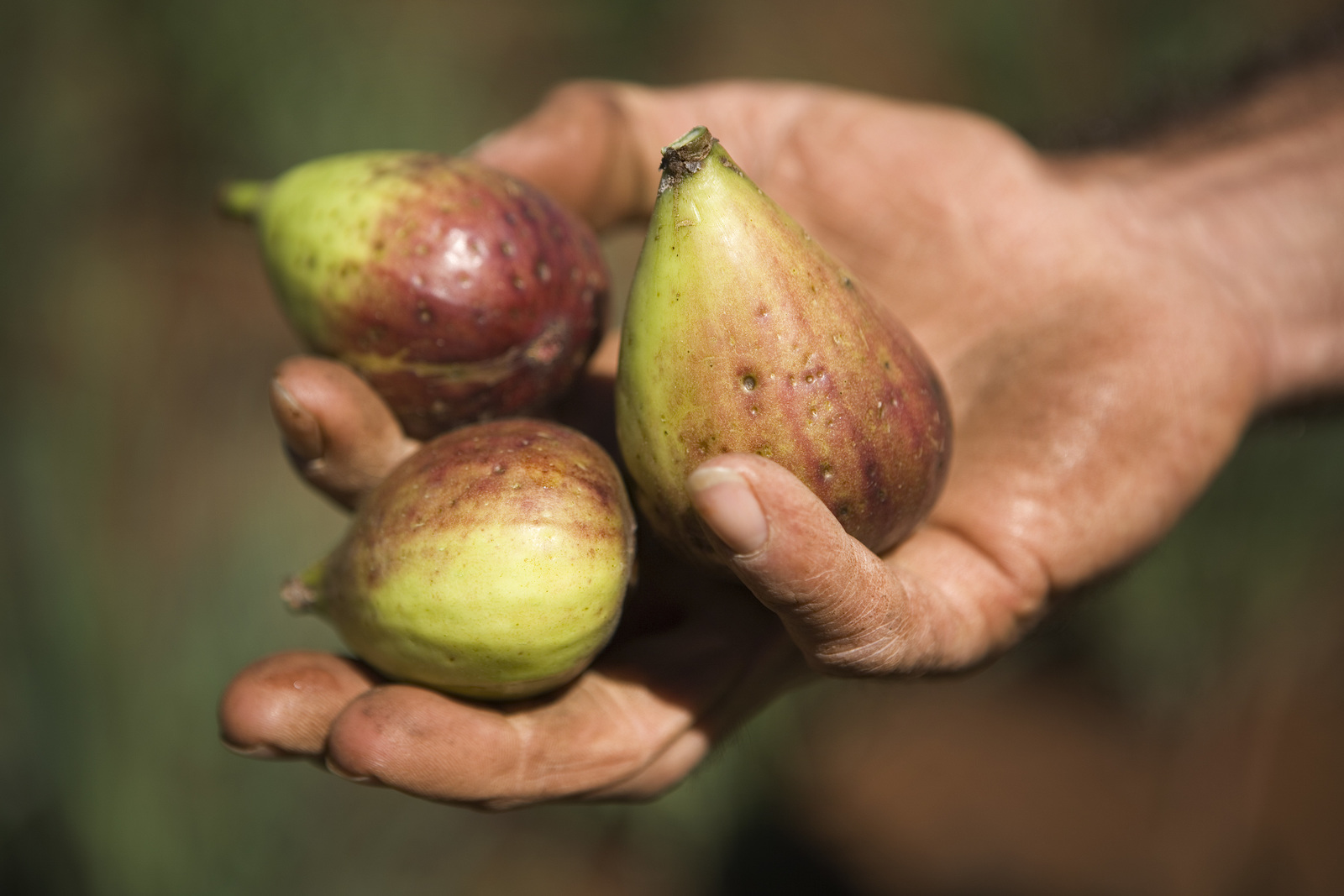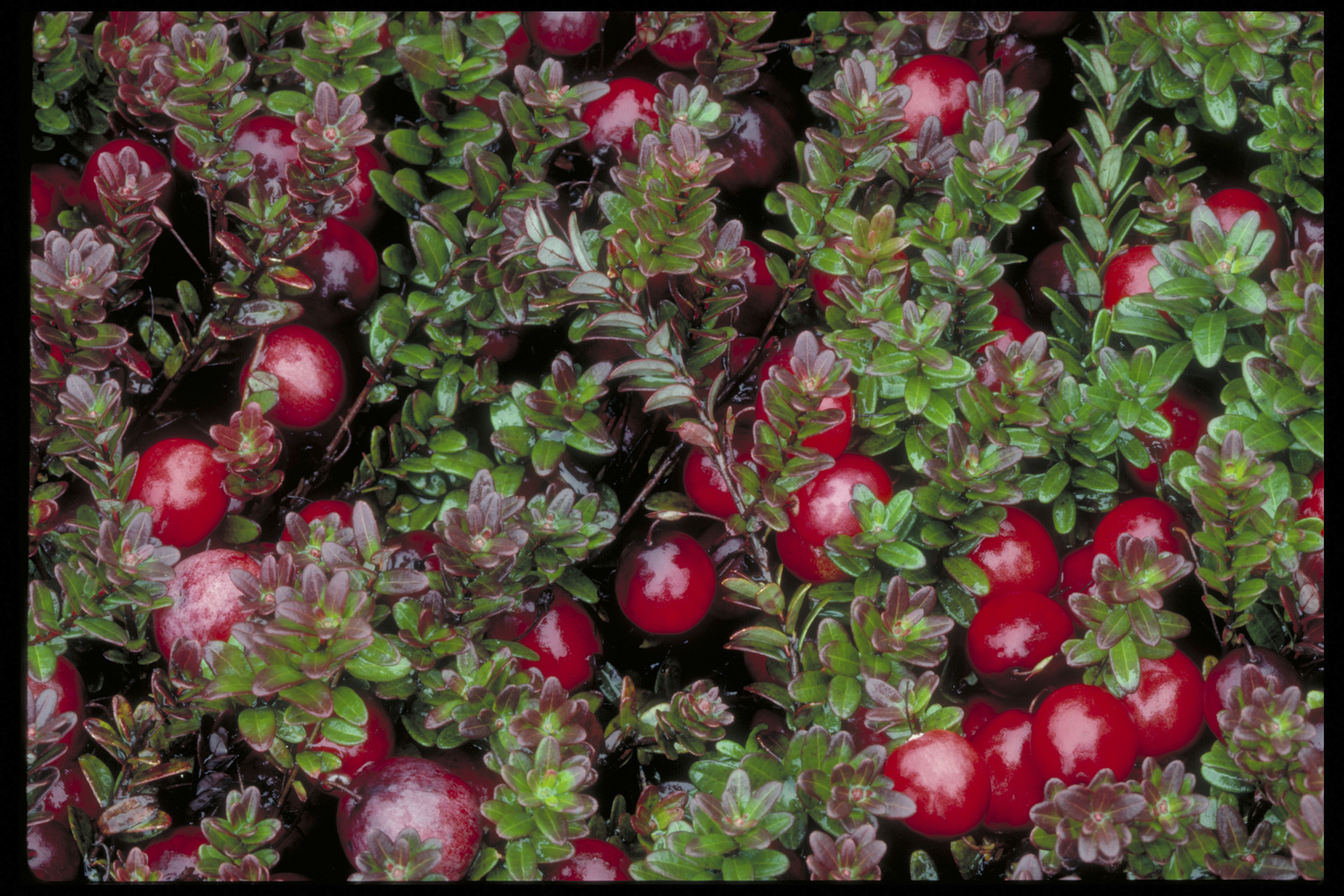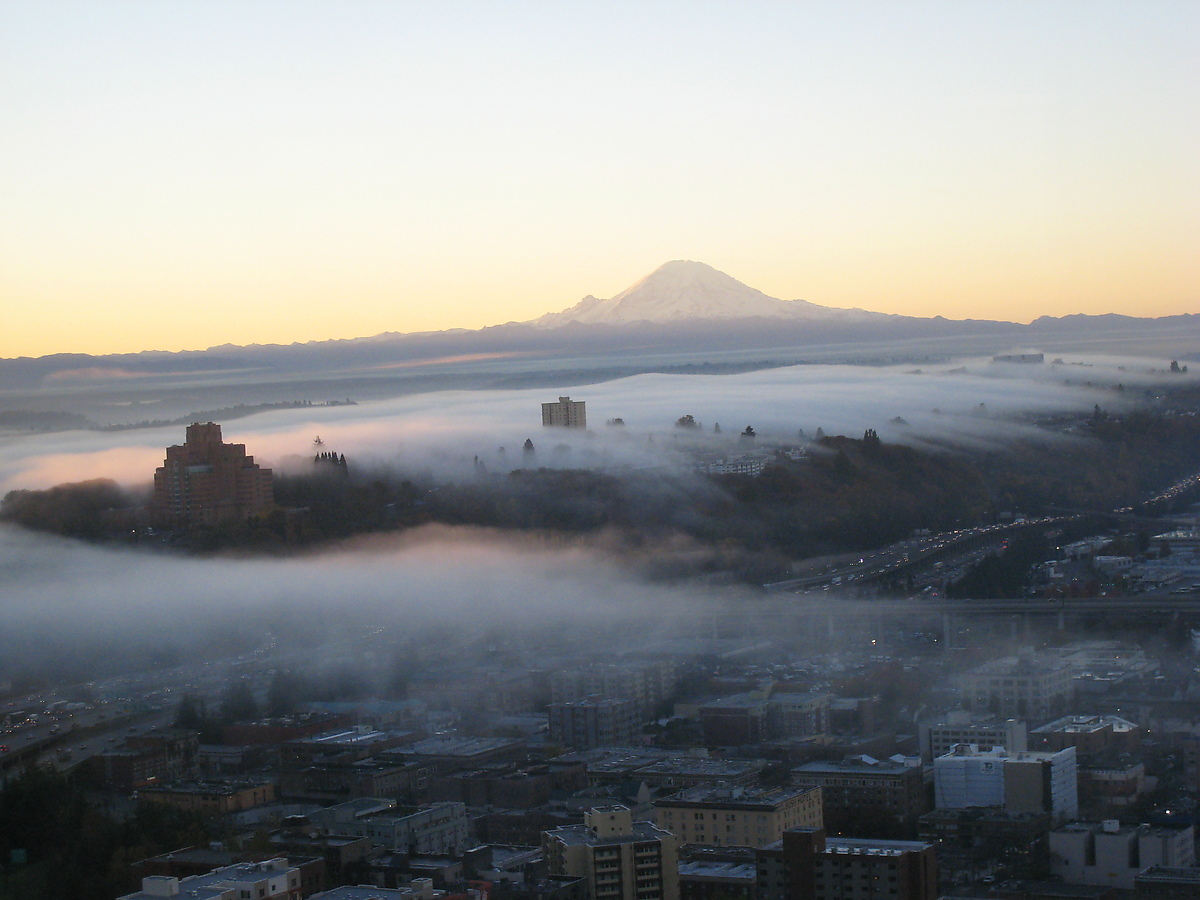Salmon from the Skagit River. Mushrooms gathered from the forest. A heritage turkey or pasture pork. Winter kale, acorn squash, ripe red apples and sweet golden pears.
Hungry yet?
You can set the table for a Thanksgiving feast with the yield from Washington’s farmers, fishermen, foragers and shellfish growers. This rich resource depends on nature—healthy land and air, and clean water in the right quantities at the right time.
“A teaspoon of soil has more than a billion organisms in it,” says Jack Toevs, who grows organic apples on his family farm near Quincy. “One of the big reasons I went organic was learning about the soil—it’s a living thing.” As a farmer, Toevs values clean water and healthy soil, and he works to protect the wild sagelands nearby. “Those wild lands are important as a reservoir for a diversity of flowers, of pollinators, of life.”
Bill Taylor likes oysters raw, fried, barbecued, sautéed, smoked—any way they can be prepared. He has a simple message: “You need clean water to have healthy shellfish that are safe to eat.” His great-grandfather started farming shellfish more than 120 years ago, and today Taylor Shellfish is a leading advocate for clean water and Puget Sound. “Ensuring that the rivers that flow into marine waters and the land around them are healthy is vital.”
Food producers like Taylor and Toevs, who serves on the Conservancy’s Washington Leadership Council, are vital partners as we work on innovative solutions to protect our lands and waters and assure strong resilient farms and abundant seafood. They understand the value of nature in protecting our food supply.






